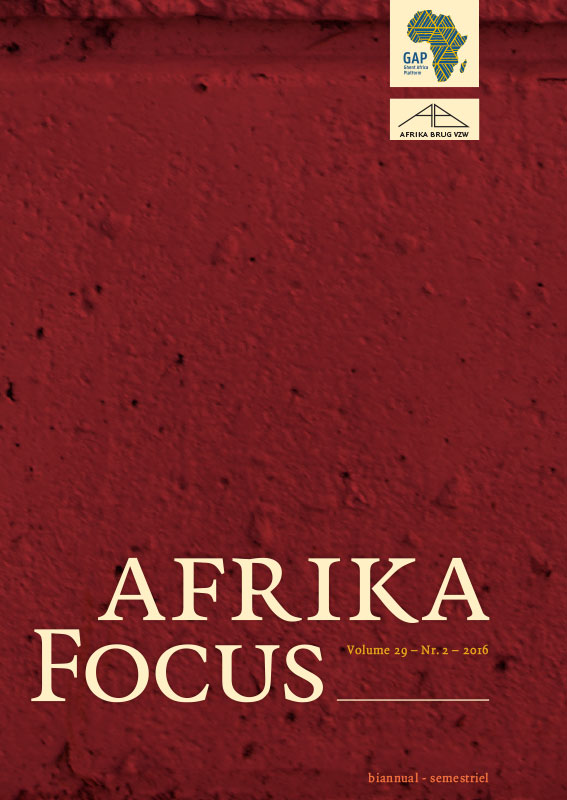Studying Africa’s hydroclimate history over the last 2000 years
DOI:
https://doi.org/10.21825/af.v29i2.4849Abstract
Water-resource availability is one of the most important environmental factors on which Africa’s agricultural societies are reliant. However, our knowledge of the natural background variability of rainfall and drought over Africa is currently still inadequate to allow a full grasp of the relevant climate-dynamical mechanisms and guidance of much-needed forecasts of future trends. This report presents two new efforts to improve insights into how hydroclimate has varied throughout the continent over the past two millennia. Firstly, a thorough synthesis of data from instrumental measurements, historical accounts and natural climate archives resulted in an extensive review of Africa’s hydroclimate history. Secondly, the focus is narrowed to East Africa, where the sediments of hypersaline Lake Bogoria were used to reconstruct how a variable climate has driven large lake-level fluctuations over the last 1,300 years. Key words: paleoclimatology, natural climate archive, lake-level change, sedimentology, Lake Bogoria National ReserveDownloads
Published
How to Cite
Issue
Section
License
Authors who publish with this journal agree to the following terms
Authors retain copyright and grant the journal right of first publication with the work simultaneously licensed under a Creative Commons Attribution License that allows others to share the work with an acknowledgement of the work's authorship and initial publication in this journal.
Authors are able to enter into separate, additional contractual arrangements for the non-exclusive distribution of the journal's published version of the work (e.g., post it to an institutional repository or publish it in a book), with an acknowledgement of its initial publication in this journal.
Authors are permitted and encouraged to post their work online (e.g., in institutional repositories or on their website) prior to and during the submission process, as it can lead to productive exchanges, as well as earlier and greater citation of published work (See The Effect of Open Access).


